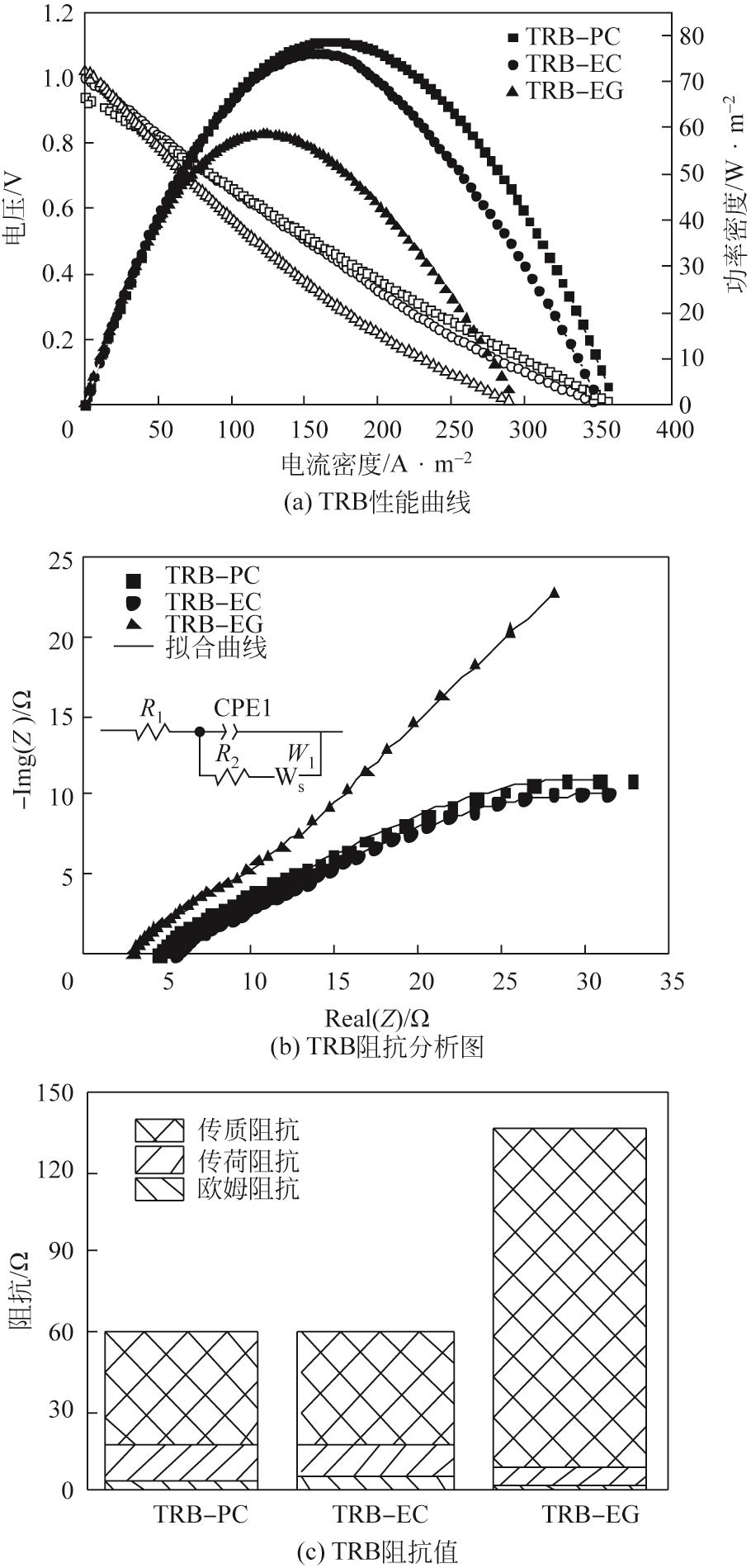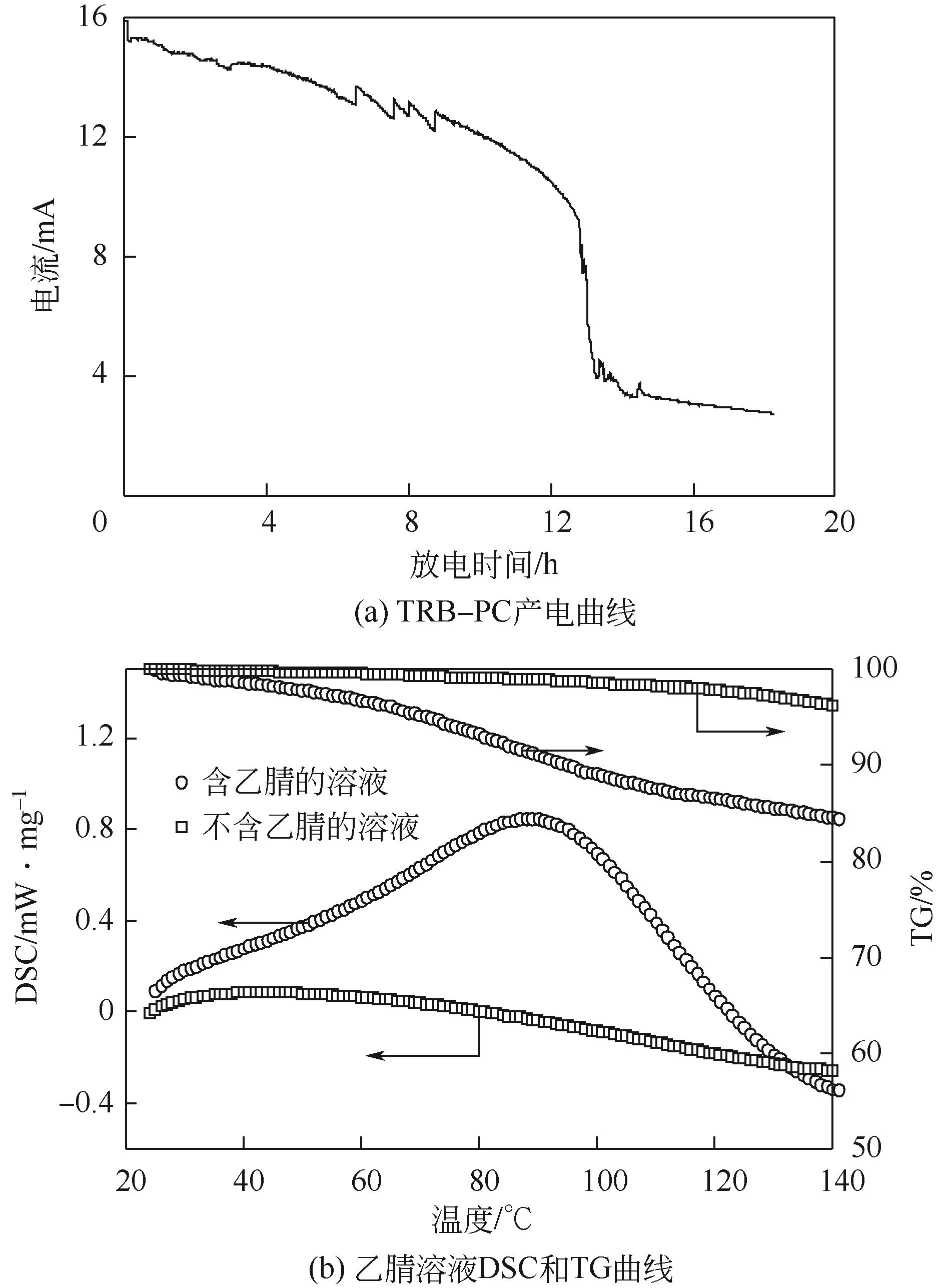| 1 |
BROGIOLI D, LA MANTIA F, YIP N Y. Energy efficiency analysis of distillation for thermally regenerative salinity gradient power technologies[J]. Renewable Energy, 2019, 133: 1034-1045.
|
| 2 |
李艳, 连红奎, 顾春伟. 有机朗肯循环系统及其透平设计研究[J]. 工程热物理学报, 2010, 31(12): 2014-2018.
|
|
LI Yan, LIAN Hongkui, GU Chunwei. Design and study of organic Rankine cycle(ORC) and turbine for ORC[J]. Journal of Engineering Thermophysics, 2010, 31(12): 2014-2018.
|
| 3 |
陈光辉, 李升大, 陶少辉, 等. 焦炉余热综合利用研究进展[J]. 化工进展, 2018, 37(10): 3799-3805.
|
|
CHEN Guanghui, LI Shengda, TAO Shaohui, et al. Application and research of process of comprehensive utilization of coke oven waste heat[J]. Chemical Industry and Engineering Progress, 2018, 37(10): 3799-3805.
|
| 4 |
魏茂林, 付林, 赵玺灵, 等. 燃煤烟气余热回收与减排一体化系统应用研究[J]. 工程热物理学报, 2017, 38(6): 1157-1165.
|
|
WEI Maolin, FU Lin, ZHAO Xiling, et al. Coal-fired boiler flue gas heat recovery system and its performance study[J]. Journal of Engineering Thermophysics, 2017, 38(6): 1157-1165.
|
| 5 |
LU Hongyou, PRICE Lynn, ZHANG Qi. Capturing the invisible resource: analysis of waste heat potential in Chinese industry[J]. Applied Energy, 2016, 161: 497-511.
|
| 6 |
WOOLLEY Elliot, LUO Yang, SIMEONE Alessandro. Industrial waste heat recovery: a systematic approach[J]. Sustainable Energy Technologies and Assessments, 2018, 29: 50-59.
|
| 7 |
ABRAHAM T J, MACFARLANE D R, BAUGHMAN R H, et al. Towards ionic liquid-based thermoelectrochemical cells for the harvesting of thermal energy[J]. Electrochimica Acta, 2013, 113: 87-93.
|
| 8 |
DUPONT M F, MACFARLANE D R, PRINGLE J M, et al. Thermo-electrochemical cells for waste heat harvesting-progress and perspectives[J].Chemical Communications, 2017, 53(47): 6288-6302.
|
| 9 |
ABDOLLAHIPOUR Armin, SAYYAADI Hoseyn. Thermal energy recovery of molten carbonate fuel cells by thermally regenerative electrochemical cycles[J]. Energy, 2021, 227: 120489
|
| 10 |
LONG Rui, LI Baode, LIU Zhichun, et al. Performance analysis of a thermally regenerative electrochemical cycle for harvesting waste heat[J]. Energy, 2015, 87: 463-469.
|
| 11 |
TUFA RAMATO ASHU, SYLWIN PAWLOWSKI, JOOST VEERMAN, et al. Progress and prospects in reverse electrodialysis for salinity gradient energy conversion and storage[J]. Applied Energy, 2018, 225: 290-331.
|
| 12 |
刘羊九, 王云山, 韩吉田, 等. 膜蒸馏技术研究及应用进展[J]. 化工进展, 2018, 37(10): 3726-3736.
|
|
LIU Yangjiu, WANG Yunshan, HAN Jitian, et al. State-of-the-arts review of research and application progress for membrane distillation technology[J]. Chemical Industry and Engineering Progress, 2018, 37(10): 3726-3736.
|
| 13 |
OLKIS C, SANTORI G, BRANDANI S. An adsorption reverse electrodialysis system for the generation of electricity from low grade heat[J]. Applied Energy, 2018, 231: 222-234.
|
| 14 |
王治红, 丁晓明, 吴明鸥, 等. 有机朗肯循环在多品位余热发电中的应用[J]. 化工进展, 2019, 38(5): 2189-2196.
|
|
WANG Zhihong, DING Xiaoming, WU Ming’ou, et al. Application of organic Rankine cycle in multi-grade waste heat power generation[J]. Chemical Industry and Engineering Progress, 2019, 38(5): 2189-2196.
|
| 15 |
CHEN Pengyu, ZHANG Liang, SHI Yu, et al. Biomass waste-derived hierarchical porous composite electrodes for high-performance thermally regenerative ammonia-based batteries[J]. Journal of Power Sources, 2022, 517: 230719.
|
| 16 |
RAHIMI Mohammad, SCHOENER Zachary, ZHU Xiuping, et al. Removal of copper from water using a thermally regenerative electrodeposition battery[J]. Journal of Hazardous Materials, 2017, 322: 551-556.
|
| 17 |
MOHAMMAD RAHIMI, STRAUB ANTHONY P, ZHANG FANG, et al. Emerging electrochemical and membrane-based systems to convert low-grade heat to electricity[J]. Energy & Environmental Sciences, 2018, 11(2): 276-285.
|
| 18 |
ZHANG Fang, LIU Jia, YANG Wulin, et al. A thermally regenerative ammonia-based battery for efficient harvesting of low-grade thermal energy as electrical power[J]. Energy & Environmental Sciences, 2015, 8(1): 343-349.
|
| 19 |
ZHANG Fang, LABARGE Nicole, YANG Wulin, et al. Enhancing low-grade thermal energy recovery in a thermally regenerative ammonia battery using elevated temperatures[J]. ChemSusChem, 2015, 8(6): 1043-1048.
|
| 20 |
ZHU XIUPING, MOHAMMAD RAHIMI, GORSKI CHRISTOPHER A, et al. A thermally-regenerative ammonia-based flow battery for electrical energy recovery from waste heat[J]. ChemSusChem, 2016, 9(8): 873-879.
|
| 21 |
ZHANG Liang, LI Yanxiang, ZHU Xun, et al. Copper foam electrodes for increased power generation in thermally regenerative ammonia-based batteries for low-grade waste heat recovery[J]. Industrial & Engineering Chemistry Research, 2019, 58(17): 7408-7415.
|
| 22 |
李彦翔, 张亮, 朱恂, 等. 传质对热可再生氨电池性能的影响[J]. 工程热物理学报, 2019, 40(3): 668-671.
|
|
LI Yanxiang, ZHANG Liang, ZHU Xun, et al. Effect of mass transfer on the performance of membrane electrode assembly typed thermally regenerative ammonia-based battery[J]. Journal of Engineering Thermophysics, 2019, 40(3): 668-671.
|
| 23 |
唐志强, 石雨, 张亮, 等. 不同基底材料复合电极对热再生氨电池产电性能的影响[J].化工学报,2021,72(3):1667-1674.
|
|
TANG Zhiqiang, SHI Yu, ZHANG Liang, et al. Effects of composite electrodes with different substrate materials on electricity generation of thermal regenerative ammonia-based batteries[J]. CIESC Journal, 2021, 72(3): 1667-1674.
|
| 24 |
LU Zhiqiang, ZHANG Yongsheng, ZHANG Liang, et al. Performance of a thermally regenerative ammonia-based battery using gradient-porous copper foam electrodes[J]. Science China Technological Sciences, 2021, 64(4): 696-704.
|
| 25 |
SHI Yu, ZHANG Liang, ZHANG Yongsheng, et al. Construction of a hierarchical porous surface composite electrode by dynamic hydrogen bubble template electrodeposition for ultrahigh-performance thermally regenerative ammonia-based batteries[J]. Chemical Engineering Journal, 2021, 423: 130339.
|
| 26 |
CHAKRABARTI M H, DRYFE R, ROBERTS E. Organic electrolytes for redox flow batteries[J]. Journal of the Chemical Society of Pakistan, 2007, 29(4): 294-300.
|
| 27 |
SENNE John K, KRATOCHVIL Byron. Standard potential of the copper(Ⅱ)-(Ⅰ) couple in acetonitrile[J]. Analytical Chemistry, 1972, 44(3): 585-588.
|
| 28 |
马强, 赵丽娟, 徐谦, 等. 非水系液流电池多孔电极内反应传输过程模拟[J]. 工程热物理学报, 2020, 41(7): 1776-1783.
|
|
MA Qiang, ZHAO Lijuan, XU Qian, et al. Simulation of reactive transfer process in porous electrode of non-aqueous redox flow battery[J]. Journal of Engineering Thermophysics, 2020, 41(7): 1776-1783.
|
| 29 |
CHEN SHAW H. WEI SIMON K. Modification of the Stokes-Einstein equation with a semiempirical microfriction factor for correlation of tracer diffusivities in organic solvents[J]. Industrial & Engineering Chemistry Research, 2011, 50(21): 12304-12310.
|
| 30 |
GONG Ke, FANG Qianrong, GU Shuang, et al. Nonaqueous redox-flow batteries: organic solvents, supporting electrolytes, and redox pairs[J]. Energy & Environmental Science, 2015, 8(12): 3515-3530.
|
| 31 |
MOHAMMAD RAHIMI, ZHU LIANG, KOWALSKI KELLY L, et al. Improved electrical power production of thermally regenerative batteries using a poly(phenylene oxide) based anion exchange membrane[J]. Journal of Power Sources, 2017, 342: 956-963.
|
| 32 |
PALAKKAL VARADA MENON, NGUYEN THU, PHUC NGUYEN, et al. High power thermally regenerative ammonia-copper redox flow battery enabled by a zero gap cell design, low-resistant membranes, and electrode coatings[J]. ACS Applied Energy Materials, 2020, 3(5): 4787-4798.
|
| 33 |
MOHAMMAD RAHIMI, ADRIANA D’ANGELO, GORSKI CHRISTOPHER A, et al. Electrical power production from low-grade waste heat using a thermally regenerative ethylenediamine battery[J]. Journal of Power Sources, 2017, 351: 45-50.
|
| 34 |
张永胜, 张亮, 李俊, 等. 采用泡沫铜电极的热再生氨电池性能数值模拟[J]. 化工学报, 2020, 71(8): 3770-3779
|
|
ZHANG Yongsheng, ZHANG Liang, LI Jun, et al. Numerical simulation of performance of thermally regenerative ammonia-based battery with copper foam electrode[J]. CIESC Journal, 2020, 718: 3770-3779.
|
| 35 |
ZHANG Yongsheng, ZHANG Liang, LI Jun, et al. Performance of a thermally regenerative ammonia-based flow battery with 3D porous electrodes: effect of reactor and electrode design[J]. Electrochimica Acta, 2020, 331: 135422.
|
 ), 石雨1,2, 张亮1,2(
), 石雨1,2, 张亮1,2( ), 李俊1,2, 付乾1,2, 朱恂1,2, 廖强1,2
), 李俊1,2, 付乾1,2, 朱恂1,2, 廖强1,2
 ), SHI Yu1,2, ZHANG Liang1,2(
), SHI Yu1,2, ZHANG Liang1,2( ), LI Jun1,2, FU Qian1,2, ZHU Xun1,2, LIAO Qiang1,2
), LI Jun1,2, FU Qian1,2, ZHU Xun1,2, LIAO Qiang1,2





